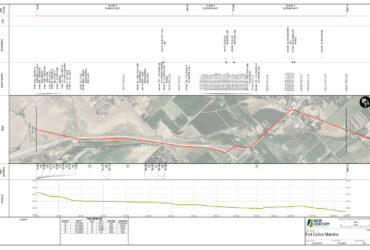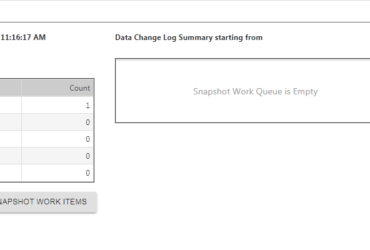Here’s the problem with requiring the centerline to be in the workspace: it duplicates data and requires more work from you to copy the production centerline from PODS or UPDM (or whatever your organization uses) and to then put it in SheetCutter’s personal geodatabase. You have to manage and keep up with the workspace centerline as you make changes and corrections to your production centerline by refreshing the workspace centerline; otherwise, the production centerline and the workspace centerline don’t match.
Previously, in SheetCutter for ArcMap, the only way to avoid all of this work was to have an SDE implementation where the Map Window and matchline features, and all the supporting tables in the workspace were created in your Oracle or SQL Server database where your production centerline lives.
Now, in SheetCutter Pro, the centerline is not in the SheetCutter workspace, giving you complete flexibility. If you don’t want an SDE implementation, you can still manage your SheetCutter workspace Map Windows, matchlines, and templates in one or more file geodatabases, but point to your production centerline. This eliminates the extra work of managing the copy in the workspace, as well as the issue of the workspace copy becoming out of sync.
SheetCutter Pro doesn’t care where or what your centerline is. Since we support several spatial Feature Class sources, you can use your production PODS or UPDM centerline or network Feature Class, or you can use a preliminary or construction line from another File Geodatabase, or you can even point SheetCutter Pro to use the centerline in a version in a Web Feature Service.
The point is flexibility!
With SheetCutter Pro, there is no more trying to manually keep your centerline in sync with your production centerline.



